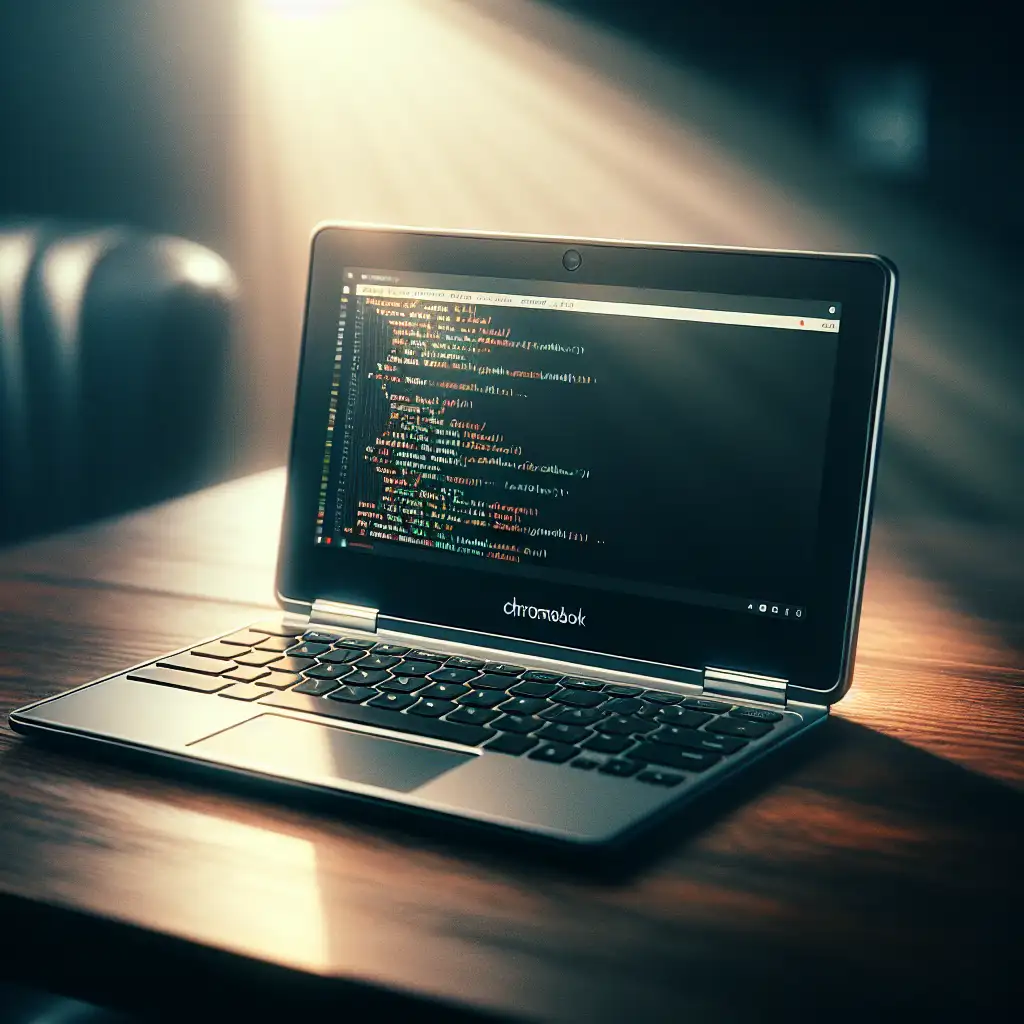Mastering Linux Installation on a Chromebook: A Step-by-Step Guide
Chromebooks ship tightly integrated with Chrome OS, but for developers and engineers who need a full-fledged Linux environment, the out-of-the-box setup rarely suffices. Whether it’s native builds, Docker containers, or tooling not supported in Chrome OS, there are efficient ways to run Linux—if you’re willing to handle some complexity.
Below are two primary approaches, their trade-offs, and practical details for engineering use.
Use Case Analysis: Linux on a Chromebook
- Why bother? Direct access to
apt, native compilers, Docker, and the full Unix toolchain. - Chromebook models vary. Crostini works out-of-the-box on devices post-2019. Pre-2018 and locked-down ARM models require more hacks.
- Critical caveat: Enabling Developer Mode voids some warranties and always erases local data.
Method 1: Crostini (Linux on Chrome OS) — Best for Stability
Most production Chromebooks (Chrome OS 89+, 2021 and newer) support Crostini—a Debian 11 (bullseye) container running directly on top of Chrome OS via VM technology. Ideal for development tools, CLI utilities, and most GUIs.
Initialize the Linux Environment
No need for a powerwash or risky bootloader mods here.
Step-by-step:
- Open Chrome OS settings.
- Locate Developers > Linux development environment (Beta). Some OS versions list it as simply Linux.
- Click Turn On. Assign storage—allocate at least 8GB for tooling and containers.
- Once the container is ready, launch the Terminal from the app drawer.
Upgrade immediately:
sudo apt update && sudo apt full-upgrade -y
# Known issue: "E: Repository ... does not have a Release file."
# If you see this, check sources in /etc/apt/sources.list.d/
Package Installation
You get a bare Debian shell. Useful packages for engineering:
sudo apt install git vim tmux build-essential python3-pip -y
For VS Code:
wget -qO- https://packages.microsoft.com/keys/microsoft.asc | gpg --dearmor | sudo tee /usr/share/keyrings/ms-packages.gpg > /dev/null
echo "deb [arch=amd64 signed-by=/usr/share/keyrings/ms-packages.gpg] https://packages.microsoft.com/repos/vscode stable main" | \
sudo tee /etc/apt/sources.list.d/vscode.list
sudo apt update
sudo apt install code -y
Practical note: Graphical acceleration is basic; some IDE features and media codecs might underperform or require extra configuration.
Access & File Sharing
- File systems bridge:
~/Downloadsappears in both Chrome OS and Crostini, but deep filesystem integration is not always seamless. - Network isolation: The Crostini container has its own internal IP, which can complicate tools exposing local network ports.
localhostusually routes internally, butchrome://linux-accessibilityexposes some toggles and diagnostics.
Method 2: Developer Mode with Crouton — Control and Flexibility (Trade-off: Security & Reboots)
When Crostini is insufficient—for example, when you need Ubuntu 20.04, kernel modules, or GUI acceleration—Crouton enables a full Linux chroot (not a VM) alongside Chrome OS. It’s less isolated, so you get direct hardware access, but local data is wiped on entry, verified boot is disabled, and consumer protections weaken.
Enabling Developer Mode (no way around this for Crouton):
- Shut down the device completely.
- Hold Esc + Refresh (F3), then press Power.
- At the recovery screen, press Ctrl+D. Confirm with Enter.
- Expect a reboot and ~10min conversion. Local storage is erased automatically.
Install Crouton
-
Download Crouton into
~/Downloads:curl -Lo ~/Downloads/crouton https://github.com/dnschneid/crouton/raw/master/installer/main.shTip: Always verify URLs in case of upstream changes.
-
Install a lightweight desktop (XFCE often recommended for compatibility):
sudo sh ~/Downloads/crouton -t xfce -r focal-r focalinstalls Ubuntu 20.04; check Crouton releases for alternatives. -
When prompted, create a UNIX username and password for the new chroot.
Enter and Exit the Linux Environment
-
Start XFCE:
sudo startxfce4Error? If you see
Entering /mnt/stateful_partition.../chroots, but the session closes, trysudo enter-chrootthen re-runstartxfce4for diagnostics. Video drivers often need tweaking (/usr/share/X11/xorg.conf.d/). -
Switch back to Chrome OS:
Use Ctrl-Alt-Shift-Back and Ctrl-Alt-Shift-Forward.
Known Issue: Powerwash, OS auto-updates, or bootloader changes can break Crouton. Always keep an external backup.
Practical Examples and Trade-Offs
Scenario: Need Docker with hardware acceleration and custom kernel modules (e.g., for TensorFlow development with a USB accelerator).
- Crostini: Limited—Docker is supported, but device passthrough is partial.
- Crouton: Full access possible, but you sacrifice security and manage updates manually.
Non-obvious tip: On Crostini, vmc and lxc CLI allow direct management of containers and VMs for advanced networking or custom distros, though these interfaces are undocumented and change frequently.
Summary Table
| Method | Security | Data Loss Risk | Hardware Access | Isolation | Setup Time |
|---|---|---|---|---|---|
| Crostini | Strong | Low | Limited | High | ~10 min |
| Crouton | Weak | High | Full | Weak | 30+ min |
Additional Guidance
- Back up configs and dotfiles from both Crostini (
~/.bashrc, etc.) and Crouton environments. - For Crostini, performance tuning: allocate additional resources under Settings > Developers > Linux > Change resource allocation. Default RAM can bottleneck large builds.
- Monitor logs: Terminal logs via
journalctlin Crostini, system logs withdmesgin Crouton chroots. - Alternative: For non-Debian users, look into
penguincontainer customization or alternatives vialxc.
Chromebooks aren’t universally open—but with judicious configuration and an eye on security trade-offs, they efficiently serve as compact, capable Linux workstations. For production or device fleet deployment, prefer Crostini for its maintainability. For unsupported hardware or custom kernel work, expect to invest more effort with Crouton.
Got a breakpoint or obscure error on specific hardware? Provide precise OS, model, and kernel details before troubleshooting.
